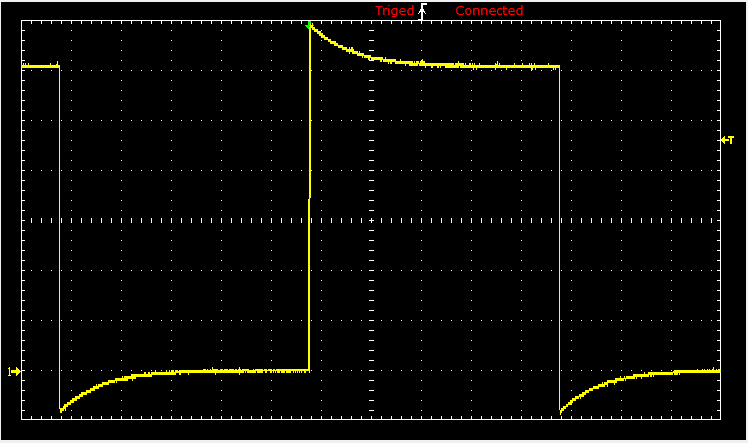Coordinate Systems
One of the greatest achievements in the development of mathematics since Euclid was the introduction of coordinates. Two men take credit for this development: Fermat and Descartes (Renatus Cartesius). These two great French mathematicians were interested in the unification of geometry and algebra, which resulted in the creation of a most fruitful branch of mathematics now called analytic geometry. Fermat and Descartes who were heavily involved in physics, were keenly aware of both the need for quantitative methods and the capacity of algebra to deliver that method.Fermat’s interest in the unification of geometry and algebra arose because of his involvement in optics. His interest in the attainment of maxima and minima—thus his contribution to calculus—stemmed from the investigation of the passage of light rays through media of different indices of refraction, which resulted in Fermat’s principle in optics and the law of refraction. With the introduction of coordinates, Fermat was able to quantify the study of optics and set a trend to which all physicists of posterity would adhere. It is safe to say that without analytic geometry the progress of science, and in particular physics, would have been next to impossible.
Born into a family of tradespeople, Pierre de Fermat (1601--1665)was trained as a lawyer and made his living in this profession becoming a councillor of the parliament of the city of Toulouse. Although mathematics was but a hobby for him and he could devote only spare time to it, he made great contributions to number theory, to calculus, and, together with Pascal, initiated work on probability theory.
The coordinate system introduced by Fermat was not a convenient one. For one thing, the coordinate axes were not at right angles to one another. Furthermore, the use of negative coordinates was not considered.
René Descartes (1596--1650) was a great philosopher, a founder of modern biology, and a superb physicist and mathematician. His interest in mathematics stemmed from his desire to understand nature. His father, a relatively wealthy lawyer, sent him to a Jesuit school at the age of eight where, due to his delicate health, he was allowed to spend the mornings in bed, during which time he worked. He followed this habit during his entire life. At twenty he graduated from the University of Poitier as a lawyer and went to Paris where he studied mathematics with a Jesuit priest. After one year he decided to join the army of Prince Maurice of Orange in 1617. During the next nine years he vacillated between various armies while studying mathematics.
He eventually returned to Paris, where he devoted his efforts to the study of optical instruments motivated by the newly discovered power of the telescope. In 1628 he moved to Holland to a quieter and freer intellectual environment. There he lived for the next twenty years and wrote his famous works. In 1649 Queen Christina of Sweden persuaded Descartes to go to Stockholm as her private tutor. However the Queen had an uncompromising desire to draw curves and tangents at 5 a.m., causing Descartes to break the lifelong habit of getting up at 11 o’clock! After only a few months in the cold northern climate, walking to the palace for the 5 o’clock appointment with the queen, he died of pneumonia in 1650.
Throughout the seventeenth century, mathematicians used one axis with the y values drawn at an oblique or right angle onto that axis. Newton, however, in a book called The Method of Fluxions and Infinite Series written in 1671, and translated much later into English in 1736, describes a coordinate system in which points are located in reference to a fixed point and a fixed line through that point. This was the first introduction of essentially the polar coordinates we use today.
